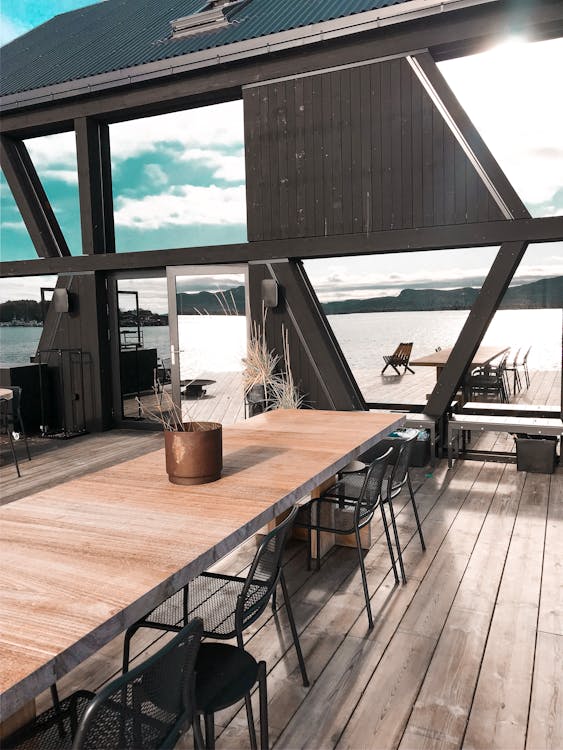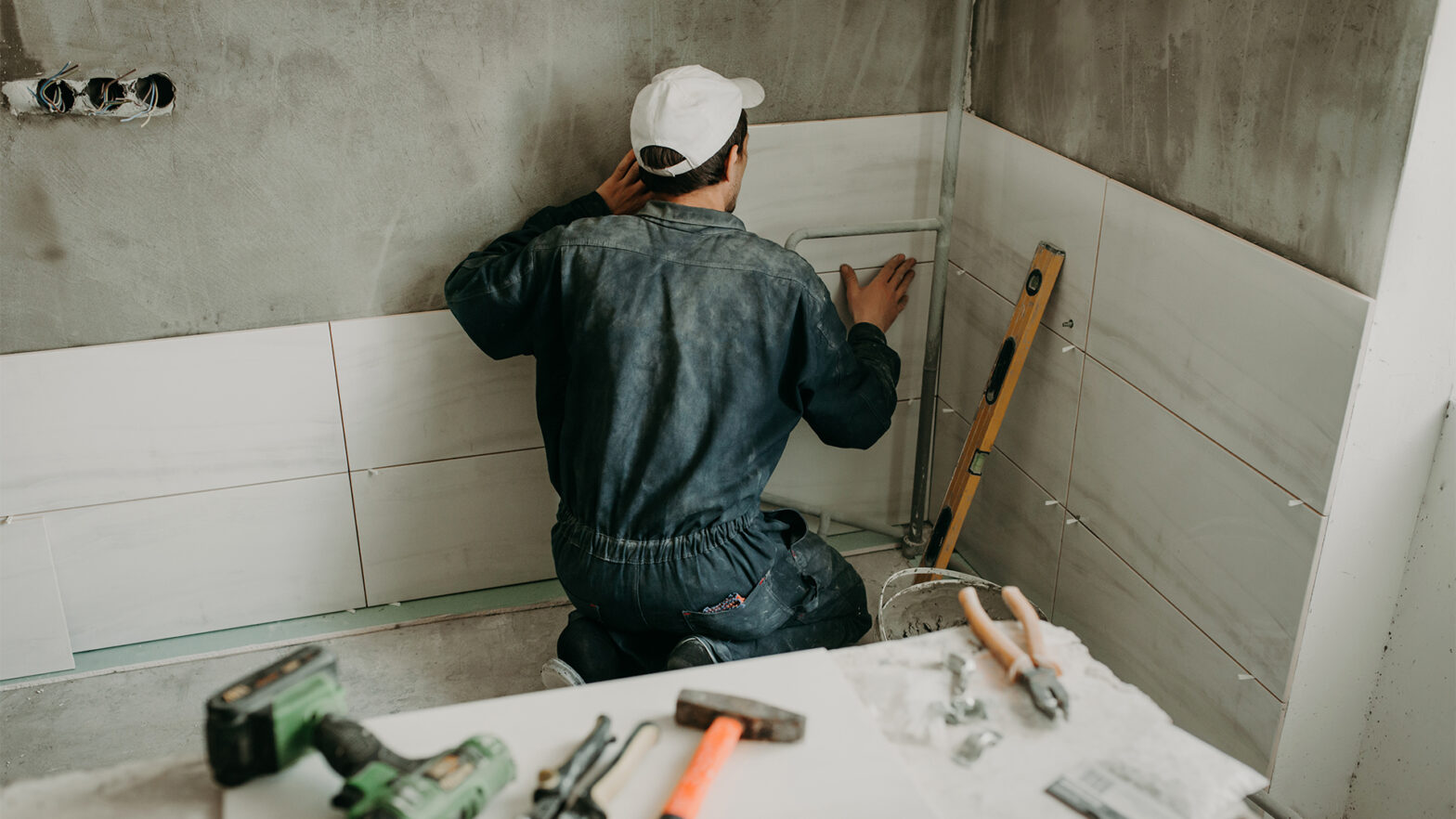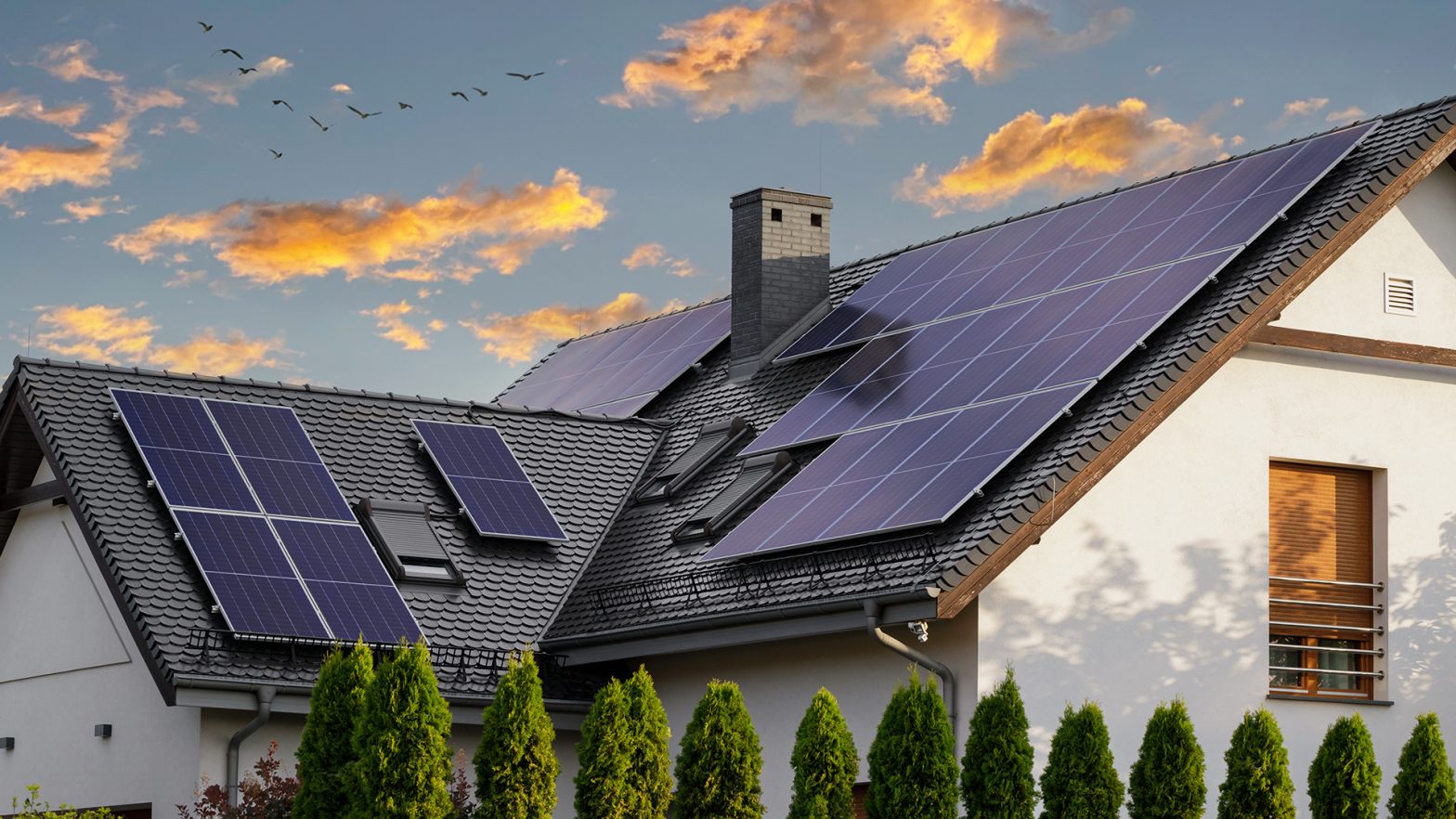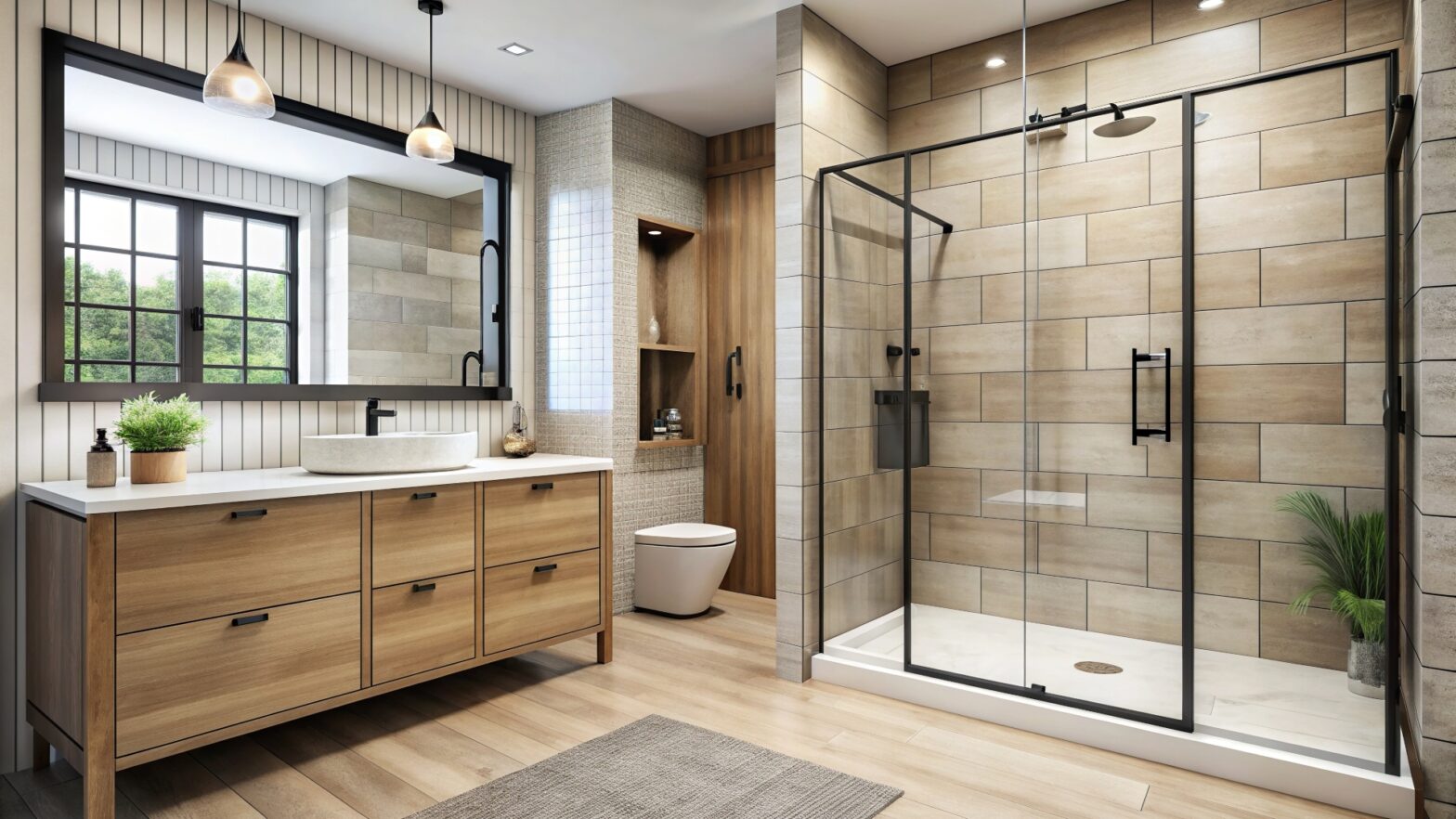Most homeowners embrace wooden structures for their natural beauty. Be it a historic home, cozy cabin, or stylish deck, using wood adds warmth and character. However, homeowners should ensure these structures remain in good condition, making regular maintenance essential. Proper care preserves their aesthetics and structural integrity. Homeowners should adopt different approaches to maintain these structures, since basics like routine inspections and timely repairs are vital. Below are other helpful tips to consider:
Use Protective Coatings
A protective coat is important for the longevity of these structures. It forms a barrier that protects surfaces from moisture, UV rays and pests. Wood naturally absorbs water. This leads to swelling and rotting, damaging your structures. Applying the protective coat seals the surface, preventing moisture penetration.
However, success depends on using the right coating. Most homeowners prefer paint for various reasons; it is ideal for situations where uniformity is desired. If you don’t know how to apply paint, here is a guide on how to paint engineered wood.
Stains and sealants are also excellent options. They protect wooden structures while allowing their natural grain to show through, preserving wood’s natural look while offering protection. Homeowners can also opt for varnish, especially for a hard and durable finish.
A protective coating should be applied to wooden surfaces cautiously. For starters, the surface should be prepared adequately to ensure the coating adheres better. You should also learn the various application techniques to ensure quality outcomes. Similarly, choosing the right product is important.
Repair and Replace
Repair and replacements are essential maintenance tips for wooden structures. Identifying and addressing damage proactively prevents minor issues from escalating into serious structural problems. That said, the first step is identifying signs of damage. Visual inspection, sound test, and moisture detection can help identify potential issues.
Repairing identified issues is probably the most challenging aspect. You can fill cracks, fix loose boards, or reinforce weak areas. This requires some technical know-how. Non-DIY enthusiasts should consider seeking expert help. Similarly, replacement is unavoidable if the wood is extensively damaged. This can prove challenging if the existing structure is made from treated wood. Ensure you find a similar type of wood as the original structure to maintain a uniform appearance.
Seasonal Maintenance
Seasonal maintenance helps preserve the beauty and structural integrity of your structures all year round. Different seasons bring different challenges to your structures. Addressing the seasonal issues requires targeted maintenance routines.
For instance, during spring, take time to inspect the structures for winter damage. Watch out for cracks or rot caused by the freeze-thaw cycle. You should also clean and refresh wooden surfaces with a gentle cleanser. Repair any cracks and fill holes with epoxy.
The main summer maintenance strategy is protecting the structure from sun damage. Consider applying UV-resistant sealant and managing humidity levels. You should also watch out for pests, which are very active during summer. Maintenance practices during fall typically focus on preparing the structure for winter. During winter, focus on snow and ice management to prevent damage.
Endnote
Keeping wooden structures in good shape at home requires a proactive approach. Implementing a comprehensive maintenance strategy that includes applying a protective coating, prompt repairs, and regular inspections helps homeowners extend the lifespan and beauty of their structures.

































